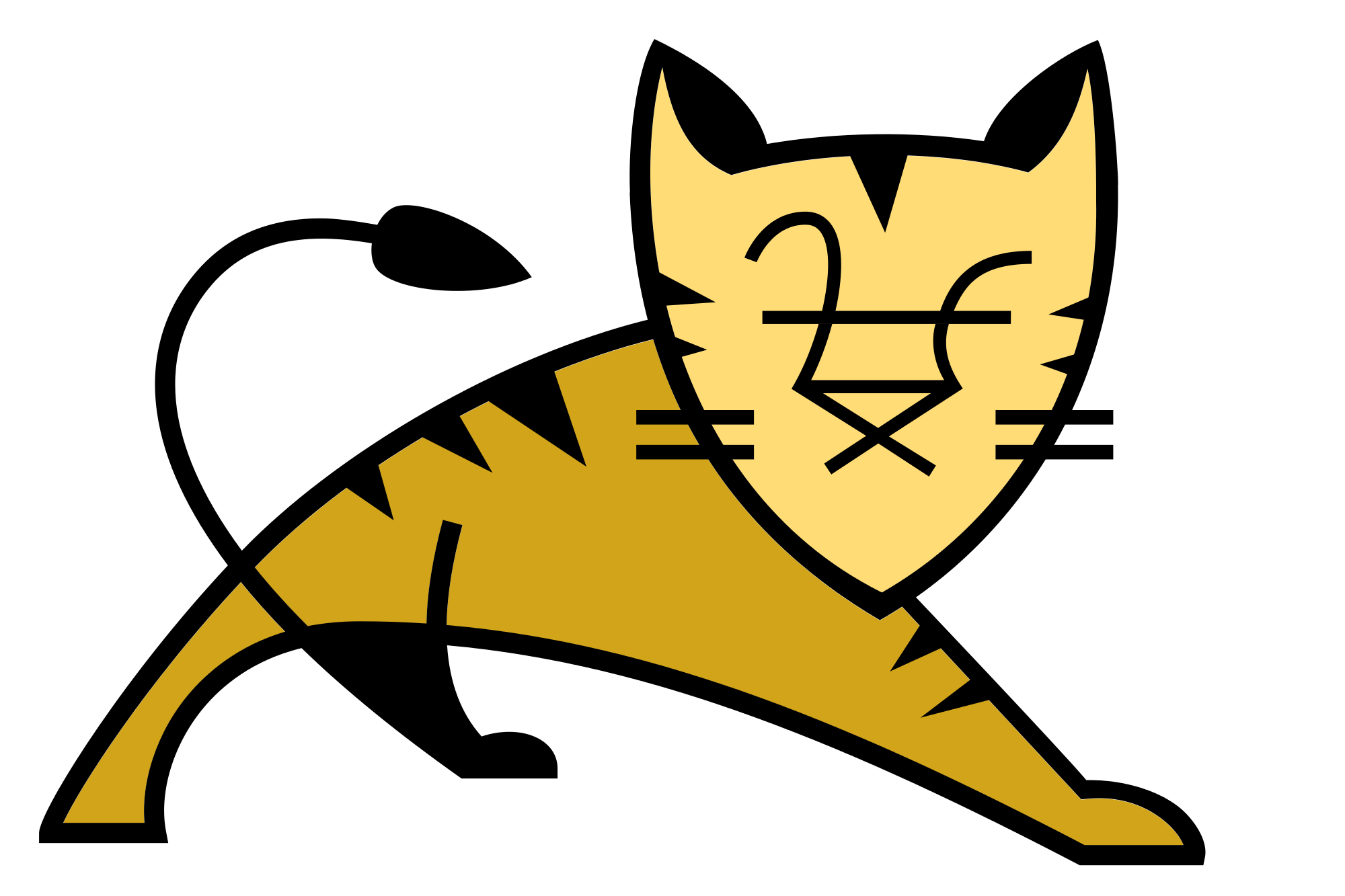HOW TO INSTALL TOMCAT ON CENTOS 7
- Category : Server Administration
- Posted on : Jun 26, 2014
- Views : 1,724
- By : Marcus J.

This tutorial is based on CentOS 7.0 server, so you should set up a basic CentOS 7.0 server installation before you continue with this tutorial. The system should have a static IP address. I use 192.168.0.100 as my IP address in this tutorial and server1.example.com as the hostname.
To start the installation of Tomcat we need to first install java-1.7.0-openjdk.x86_64, we will install it as follows:
Check the version of java as follows:
Proceeding further we need some essential packages. CentOS don’t come with ifconfig command, so we will install net-tools and other packages as follows:
Now we will download the latest Tomcat version from its home page and install it as:
Unzip it and set the environment variables by creating a file script.sh in /etc/profile.d/ as:
|
1
|
vi /etc/profile.d/script.sh
|
Give the entries as follows:
Now we will give execute permissions to the file:
Further we will make the environment variables permanent as by running:
Again before starting Tomcat service, we will provide executable permissions to following files:
Now we need to start Tomcat service by using:
It will start the Tomcat server, we can also check by using:
In CentOS 7.0 we have different policy for the firewall-cmd, we will override it by using:
Finally we need to create user accounts to secure and access admin/manager pages. Edit conf/tomcat-users.xml file in your editor and paste inside tags
In above configuration I have used username=admin and password=admin, you can make the changes as per your choice. Then we need to stop/start the Tomcat service:
Then start the service:
Now access the page for login at http://192.68.0.100:8080
Your login password for the administrative right are as username=admin and password=admin. Click on Manager App.
Congratulations we have a working Tomcat Server installed in CentOS 7.0.
Categories
Subscribe Now
10,000 successful online businessmen like to have our content directly delivered to their inbox. Subscribe to our newsletter!Archive Calendar
| Sat | Sun | Mon | Tue | Wed | Thu | Fri |
|---|---|---|---|---|---|---|
| 1 | 2 | 3 | 4 | 5 | ||
| 6 | 7 | 8 | 9 | 10 | 11 | 12 |
| 13 | 14 | 15 | 16 | 17 | 18 | 19 |
| 20 | 21 | 22 | 23 | 24 | 25 | 26 |
| 27 | 28 | 29 | 30 | 31 | ||
Recent Articles
-

Posted on : Jul 25
-

Posted on : Jul 07
-

Posted on : Apr 07
-

Posted on : Mar 19
Optimized my.cnf configuration for MySQL 8 (on cPanel/WHM servers)
Tags
- layer 7
- tweak
- kill
- process
- sql
- Knowledge
- vpn
- seo vpn
- wireguard
- webmail
- ddos mitigation
- attack
- ddos
- DMARC
- server load
- Development
- nginx
- php-fpm
- cheap vpn
- Hosting Security
- xampp
- Plesk
- cpulimit
- VPS Hosting
- smtp
- smtp relay
- exim
- Comparison
- cpu
- WHM
- mariadb
- encryption
- sysstat
- optimize
- Link Building
- apache
- centos
- Small Business
- VPS
- Error
- SSD Hosting
- Networking
- optimization
- DNS
- mysql
- ubuntu
- Linux













